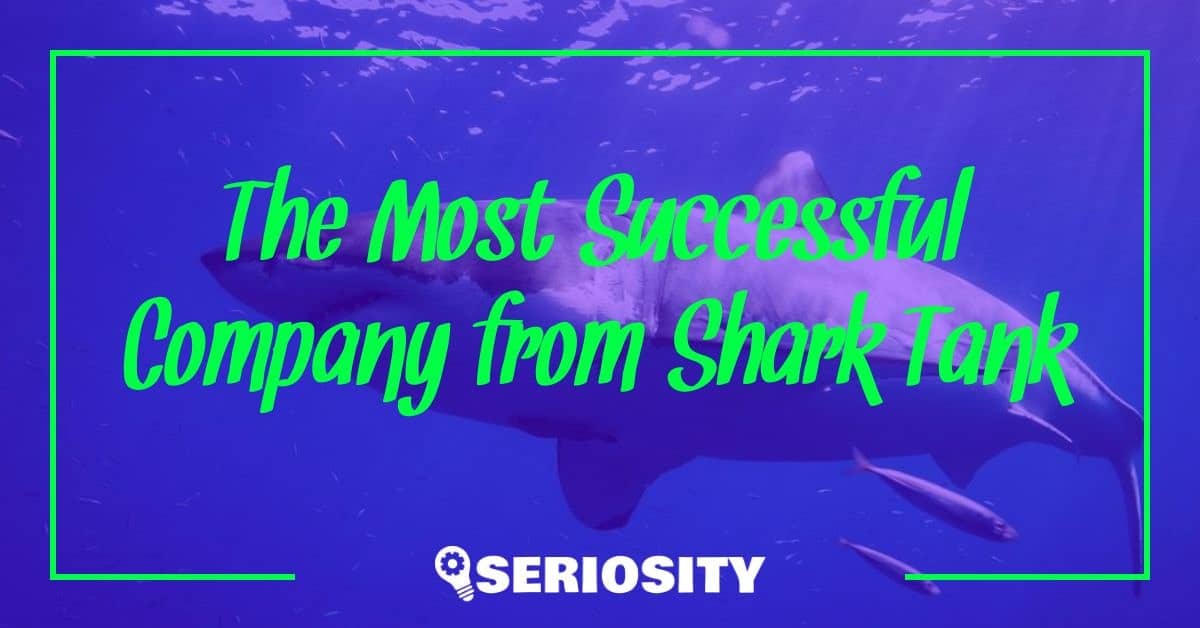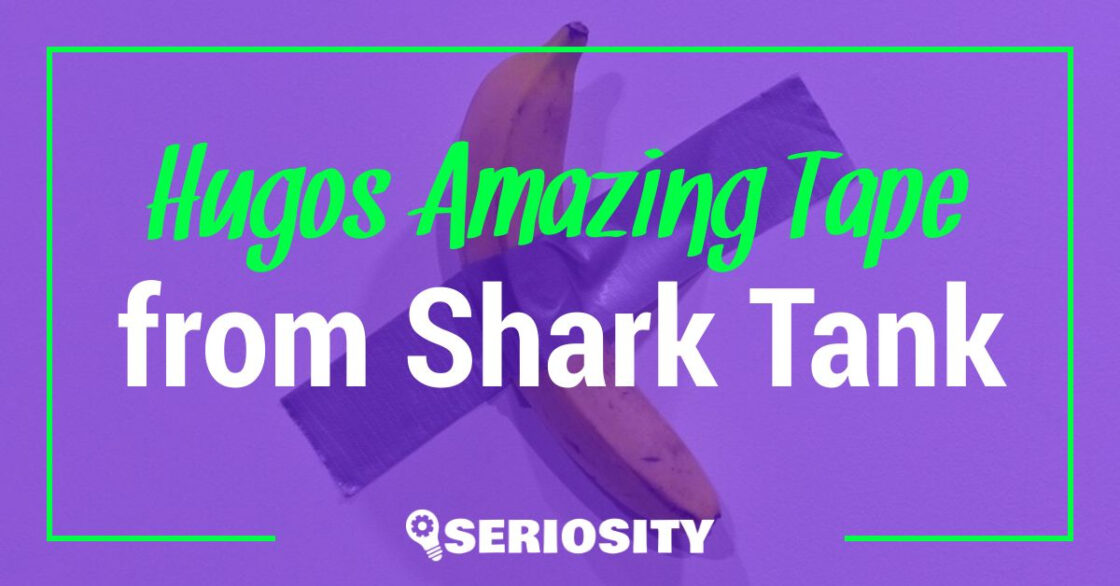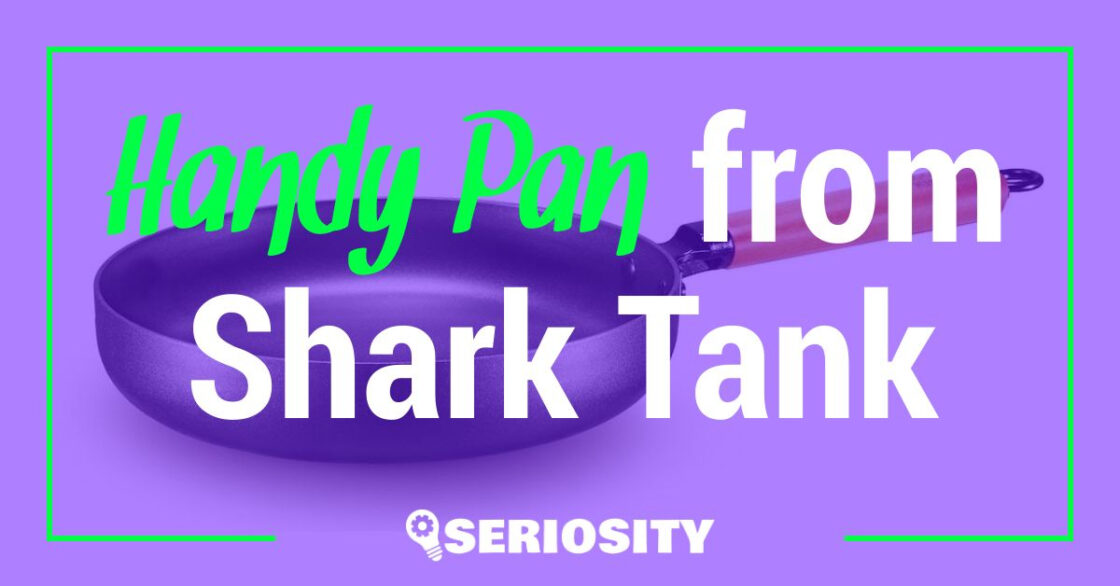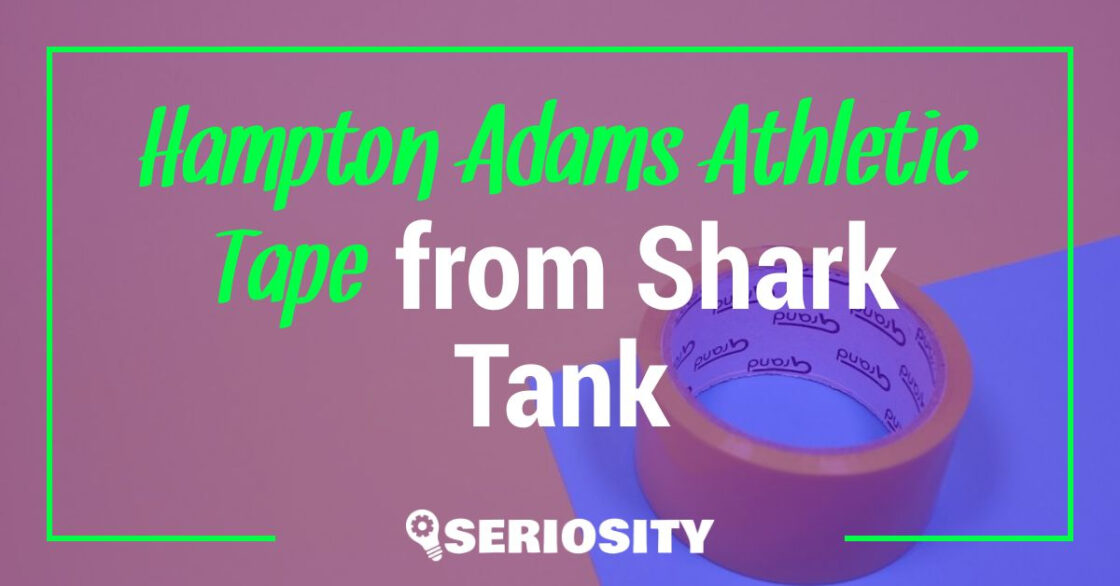When addressing the question, “What is the most successful company from Shark Tank?” let’s divide the answer into two categories. One category includes the companies that did land an investor from appearing on the show, the other category consists of businesses that no shark wanted.
Although it makes it easier to succeed with an experienced entrepreneur backing the business, sometimes people just need to know that the product exists and how to get it. In this article, we’ll look at the most successful company that did land an investor, Bombas.
We’ll also consider the story of the Ring camera doorbell, which had no takers on Shark Tank but went on to become a billion-dollar company.
The Most Successful Shark Tank Winner: Bombas
The comfort socks company Bombas became the most successful Shark Tank business to date, but it almost exited the show without any investors. The uniquely positioned company donates a pair of socks for every pair it sells.
Bombas landed one shark, Daymond John, FUBU fashion line founder, by the skin of its teeth. The company’s cute socks and desire to give back to the community landed it a 2015 valuation of $15 million, according to PitchBook.
The sock firm co-founders David Heath and Randy Goldberg pitched their start-up on Shark Tank after raising more than $140,000 in 2013 using Indiegogo. The one-month campaign raised awareness of the company’s product and mission, so much so that their investors exceeded their campaign goal of $15,000 by nearly 10 times.
Landing a spot on Shark Tank to improve their capital, the entrepreneurs almost failed at landing a funder. Here’s how it went down.
The Pitch
Heath and Goldberg pitched their business selling high-end athletic socks and matching each sale with a donation of a pair of socks to charity. The entrepreneurs requested $200,000, offering a five percent equity in return.
Their socks used the best design, conceived after two years of research and design. Bombas socks offer seven improvements resulting in “the most comfortable pair of socks you’ll ever wear.” The highlights of these improvements include:
- removing toe seams,
- better stitching,
- using Peruvian Pima cotton,
- proprietary arch stitching.
Each shark received a pair of socks to wear. The pitch impressed each shark, as did the charitable aspect, yet one by one, they dropped out. Despite Bombas’ $450,000 in online sales during its nine months of operation, it seemed the company would fail to land an investor.
Robert Herjavec
Although he runs, Herjavec didn’t invest. He thought that the company couldn’t make it just by selling socks. He dropped out.
Kevin O’Leary
O’Leary called the company valuation “ludicrous” and found its proposed sales especially absurd since the firm had no market exposure at the time. He dropped out.
Lori Greiner
Greiner had an issue with the pair of entrepreneurs’ intended strategy to use some of the investment funds to hire or outsource client acquisition. She thought the entrepreneurs should handle their early sales. She dropped out.
Mark Cuban
Cuban expressed concern that Bombas’ sales went flat. He stated that the socks need a higher retail markup and with the markup set as the entrepreneurs had it, it would hamper their profitability over the long term. He dropped out.
Daymond John
John, who founded a major fashion brand, saw the potential. Recognizing they had just one chance, the Bombas founders increased their offer to a 10 percent stake in the firm for $200,000.
John counteroffered to nab 20 percent of the business for $200,000. The founders countered that with an offer of 17.5 percent for $200,000 and landed the deal that launched them to their current success.
Post-Shark Tank Success
The company holds one of the best reputations in the fashion industry. It has zero negative online reviews and people who buy their socks love them.
Eventually, the company founders agreed with Robert Herjavec and launched other products. Not only did they expand their sock line, but they now also offer shirts.
Their products combined with the visibility the TV show brought them helped launch them quickly. The company continues to grow its annual revenue. In 2015, Bombas’ revenue hit $4.6 million, grew to $7.5 million in 2016, $46.6 million in 2017, and $102 million in 2018.
It didn’t end up the most successful company immediately. It still took four years from the date of their show appearance to gain traction and hire a full team. The growth between 2016 and 2017, Bombas’ founders attribute to putting together their full team.
The Runner Up
Scrub Daddy, the smiley-faced reusable sponge, comes in second at this time. Its founder, Aaron Krause, created a sponge that rinses clear of debris and offers odor resistance for up to two weeks. The product becomes soft in warm water and firm in cold water, plus its two-sided design cleans both sides of kitchen utensils at once.
Despite its obvious utility, only one shark bit. Lori Greiner bought into the company for $200,000 for a 20 percent stake.
Before appearing on Shark Tank, the company managed $100,000 in sales. Today, the company amassed a total sales figure of $209 million.
Successful Companies in Which No Shark Invested
It seems like everyone owns a Ring doorbell now. The Ring smartphone app integrates with the Ring camera to show you who stands at your door and knocks.
No shark invested in Ring. It did gain valuable exposure from the TV show though, and another investor picked up the company to help take it to its current heights. The now-billion-dollar company sold to Amazon, which helped launch it to its current sales.
In Conclusion
The stories of how Bombas, Scrub Daddy, and Ring made it show that the marketing exposure the show provides can help launch a successful brand, just as the financial investment from one or more of the sharks can help make success happen faster.





